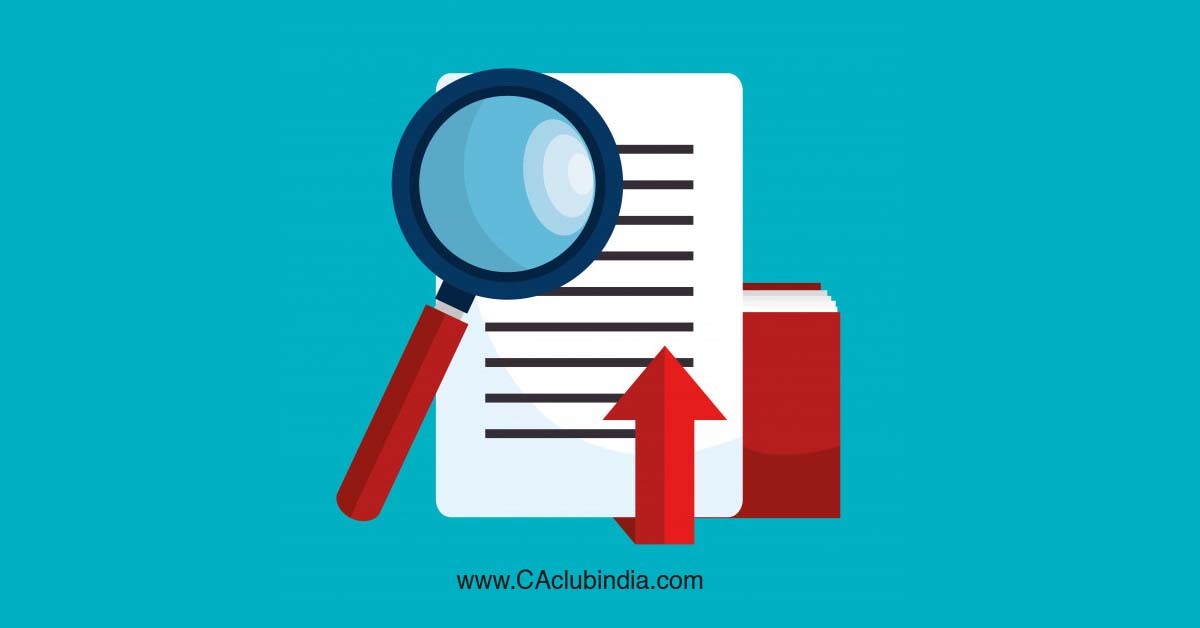Table of Contents
What is e-invoicing?
'e-Invoicing' means reporting details of specified GST documents to a government-notified portal and obtaining a reference number. It does not mean generating an invoice on the GST portal. The CBIC notified a set of common portals to prepare e-invoice via Notification No.69/2019 - Central Tax.
Under this system a unique reference number will be issued against every invoice by Invoice Registration Portal (IRP). All invoices which reference number is generated over IRP portal will be directly transferred to both GST portal as well as e-way bill portal thereby eliminating the manual entry system while filing the GSTR-1 return.
Applicability of e-invoicing
The registered taxpayers will have to comply with e-invoicing from F.Y. 2022-23 and onwards if their aggregate turnover exceeds the prescribed limit in any of the preceding financial years starting from 2017-18.
| For taxpayers with an aggregate turnover exceeding | E-invoicing became applicable from |
| Rs 500 crore | October 1, 2020 (Notification number 61/2020 – Central Tax and 70/2020 – Central Tax). |
| Rs 100 crore | January 1, 2021 (Notification number 88/2020 – Central Tax). |
| Rs 50 crore | April 1, 2021 (Notification number 5/2021 – Central Tax). |
| Rs 20 crore | April 1, 2022 (Notification number 1/2022 – Central Tax). |
| Rs 10 crore | October 1, 2022 (Notification number 17/2022 – Central Tax). |
| Rs 5 crore | August 1, 2023 (Notification number 10/2023 - Central Tax). |

The implementation of e-invoicing took place in phased manner and these phases are categorized as under:
- The first phase began on 1st Oct, 2020 for businesses having aggregate turnover above Rs. 500 crores.
- In the second phase i.e. from 1st Jan, 2021 the government extended the coverage and made it mandatory for businesses having an aggregate turnover of Rs. 100 crore or more to implement e-invoicing.
- Later, in the third phase i.e. from 1st April 2021 the turnover limit was further cut down and businesses with aggregate turnover of Rs. 50 crore or more were also covered under mandatory e-invoicing.
- In the fourth phase, i.e. from 1st April 2022 the businesses with aggregate turnover of Rs. 20 crore or more were required to furnish e-invoices.
- In the fifth phase i.e. from 1st Oct, 2022 onwards, the turnover limit was reduced to Rs. 10 crore where businesses with aggregate turnover of Rs. 10 crore or more were also required to furnish e-invoices
- Finally, from 1st Aug 2023 it will now be mandatory for businesses with aggregate turnover more than Rs. 5 crore will have to furnish e-invoices. (Notification No. 10/2023-Central) Here the government is aiming to cover small and medium enterprises.
Note: The taxpayer becomes applicable ones specified limit is exceeded in any of the preceding year from 2017-18 onwards.
Time limit to generate e-invoice
From 1st May 2023 onwards, taxpayers with Aggregate Turnover equal to or more than INR 100 crore must generate e-invoices for tax invoices and credit-debit notes within 7 days of invoice date. However, the time limit to furnish old invoices on IRP has been deferred from 7 days to 3 months.
How to generate e-invoice?
e-invoice can be generated over the e-invoice system where B2B invoices can be uploaded over IRP. The IRP will generate and returns a unique Invoice Reference Number (IRN), digitally signed e-invoice and QR code to the user.
Can e-invoice be cancelled?
Yes, e-invoices can be cancelled. On cancellation, it must be reported on IRP within 24 hours otherwise it can only be cancelled on gst portal manually before return filing. It must be noted that e-invoice can only be cancelled in full, partial cancellation of e-invoice is not allowed.
Source: www.gst.gov.in









 CAclubindia
CAclubindia
